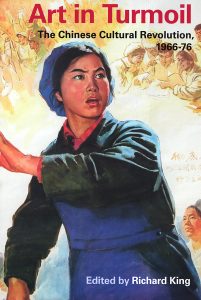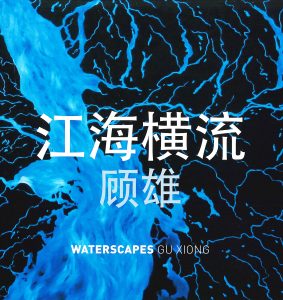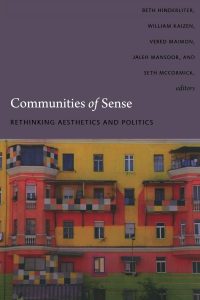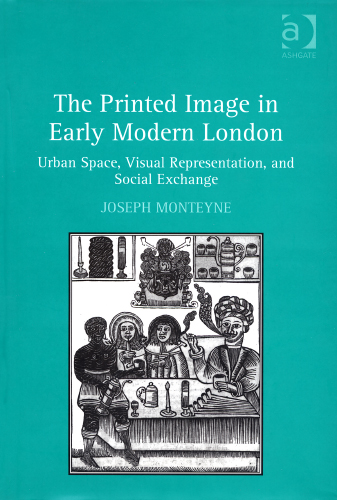“When We Were Young” in Art in Turmoil: The Chinese Cultural Revolution 1966-76

Gu Xiong, “When We Were Young: Up to the Mountains, Down to the Villages” in Art in Turmoil: The Chinese Cultural Revolution 1966-76, edited by Richard King, Ralph Crozier, Shengtian Zheng, and Scott Watson. Vancouver, BC: UBC Press, 2010.
Book information:
The Cultural Revolution was a massive social and political upheaval resulting from a battle for supremacy within the ruling Chinese Communist Party, set in motion by the party’s chairman Mao Zedong. It was also a time of both brutal iconoclasm and radical experimentation in the arts, the effects of which still resonate today.
Forty years after the Cultural Revolution, Art in Turmoil revisits the visual and performing arts of the period – the paintings, propaganda posters, political cartoons, sculpture, folk arts, private sketchbooks, opera, and ballet. Probing deeply, it examines what these vibrant, militant, often gaudy images meant to artists, their patrons, and their audiences at the time, and what they mean now, both in their original forms and as revolutionary icons reworked for a new market-oriented age.
Chapters by scholars of Chinese history and art and by artists whose careers were shaped by the Cultural Revolution decode the rhetoric of China’s turbulent decade. The many illustrations in the book, some familiar and some never seen before, also offer new insights into works that have transcended their times.
This book will be of interest to China scholars and students of cultural politics and art history.
For more information: https://www.ubcpress.ca/art-in-turmoil
Waterscapes

The catalogue for a solo exhibition by Gu Xiong published by Richmond Art gallery, Richmond, BC, Canada (2010).
Since the mid-19th century the Fraser and Yangtze rivers have connected migrants from around the world as China and Canada both became enmeshed in an emerging global economy. Starting with the migration of Chinese labourers to the Fraser River for the gold rush of 1858 and the late 19th century migration of Canadian missionaries to the Yangtze River region, these rivers have become over-written with histories, memories and the material traces of migration. In providing vital transit access between the Pacific Ocean and inland areas, these rivers can be understood as complex “waterscapes” in which uneven experiences of displacement, dispossession, and adaptation occur.
For more information: http://guxiong.ca/en/solo-exhibition/waterscapes/
Communities of Sense: Rethinking Aesthetics and Politics

Beth Hinderliter, William Kaizen, Vered Maimon, Jaleh Mansoor, and Seth McCormick, eds. Communities of Sense: Rethinking Aesthetics and Politics. Durham & London: Duke University Press, 2009.
Book information:
Communities of Sense argues for a new understanding of the relation between politics and aesthetics in today’s globalized and image-saturated world. Established and emerging scholars of art and culture draw on Jacques Rancière’s theorization of democratic politics to suggest that aesthetics, traditionally defined as the “science of the sensible,” is not a depoliticized discourse or theory of art, but instead part of a historically specific organization of social roles and communality. Rather than formulating aesthetics as the Other to politics, the contributors show that aesthetics and politics are mutually implicated in the construction of communities of visibility and sensation through which political orders emerge.
The first of the collection’s three sections explicitly examines the links between aesthetics and social and political experience. Here a new essay by Rancière posits art as a key site where disagreement can be staged in order to produce new communities of sense. In the second section, contributors investigate how sense was constructed in the past by the European avant-garde and how it is mobilized in today’s global visual and political culture. Exploring the viability of various models of artistic and political critique in the context of globalization, the authors of the essays in the volume’s final section suggest a shift from identity politics and preconstituted collectivities toward processes of identification and disidentification. Topics discussed in the volume vary from digital architecture to a makeshift museum in a Paris suburb, and from romantic art theory in the wake of Hegel to the history of the group-subject in political art and performance since 1968. An interview with Étienne Balibar rounds out the collection.
Contributors Emily Apter, Étienne Balibar, Carlos Basualdo, T. J. Demos, Rachel Haidu, Beth Hinderliter, David Joselit, William Kaizen, Ranjanna Khanna, Reinaldo Laddaga, Vered Maimon, Jaleh Mansoor, Reinhold Martin, Seth McCormick, Yates McKee, Alexander Potts, Jacques Rancière, Toni Ross
For more information: https://www.dukeupress.edu/communities-of-sense
The Printed Image in Early Modern England

Presenting an inventive body of research that explores the connections between urban movements, space, and visual representation, this study offers the first sustained analysis of the vital interrelationship between printed images and urban life in early modern London. The study differs from all other books on early modern British print culture in that it seeks out printed forms that were active in shaping and negotiating the urban milieu-prints that troubled categories of high and low culture, images that emerged when the political became infused with the creative, as well as prints that bear traces of the roles they performed and the ways they were used in the city.
For more information: https://www.routledge.com/The-Printed-Image-in-Early-Modern-London-Urban-Space-Visual-Representation/Monteyne/p/book/9781138247147